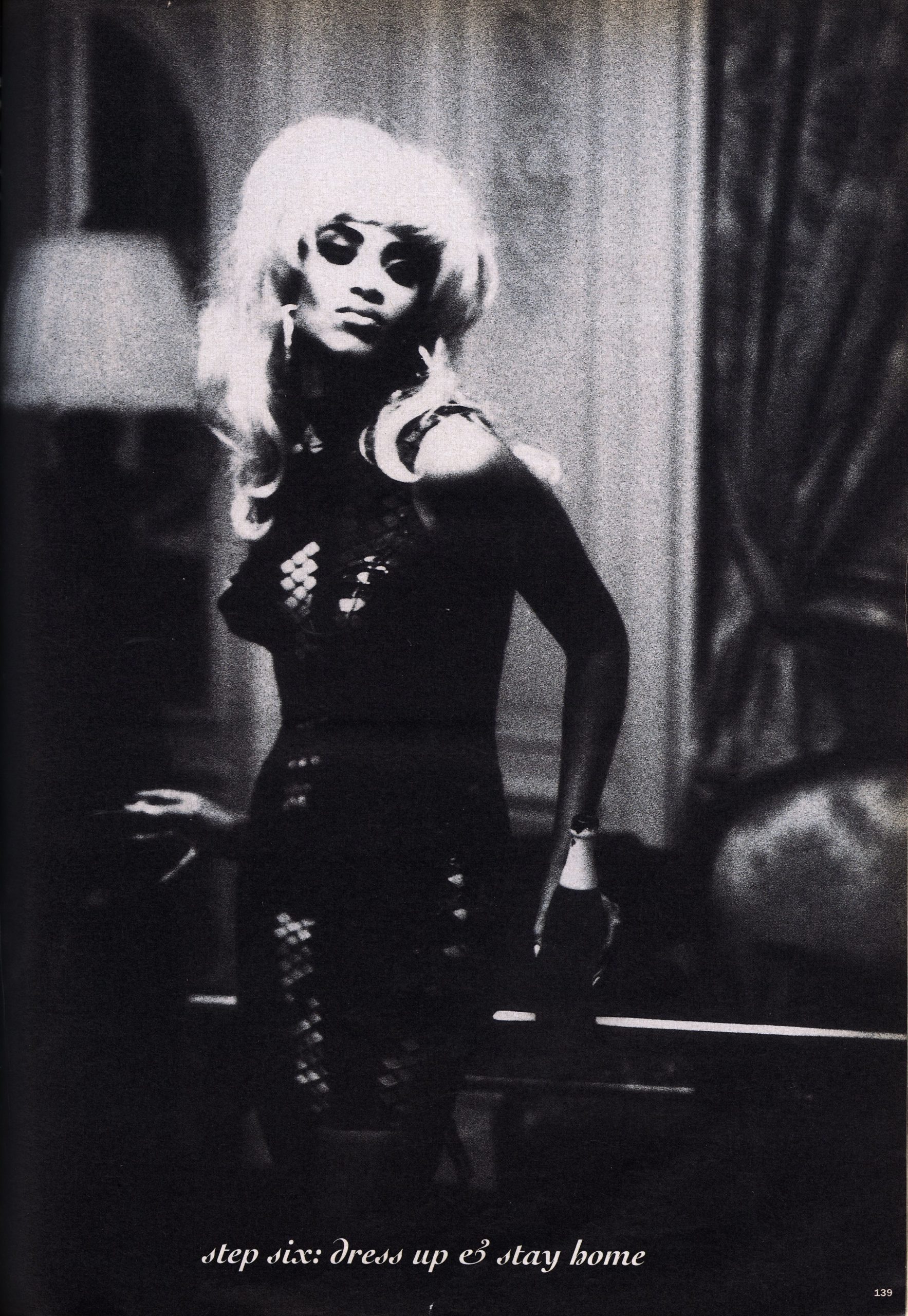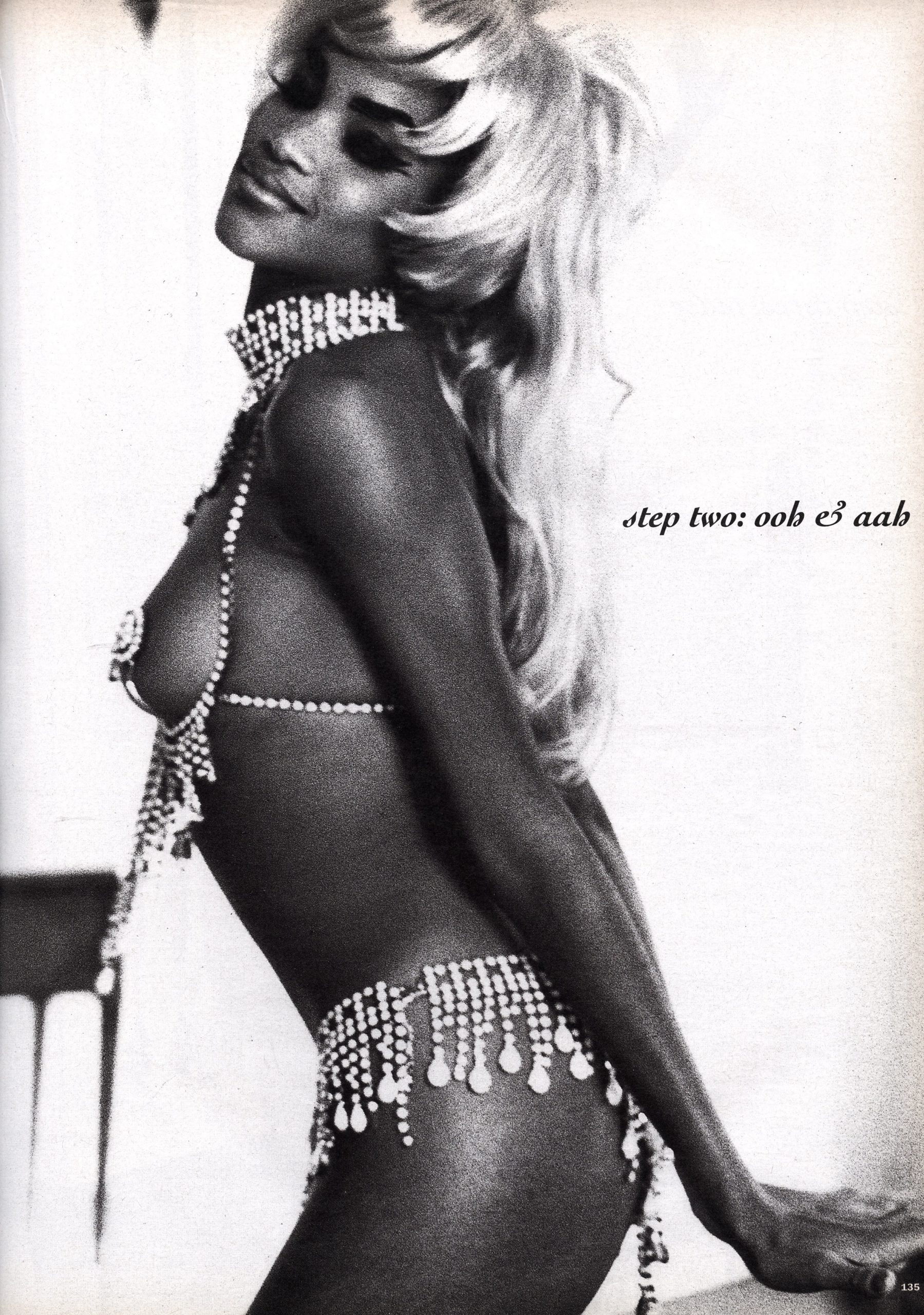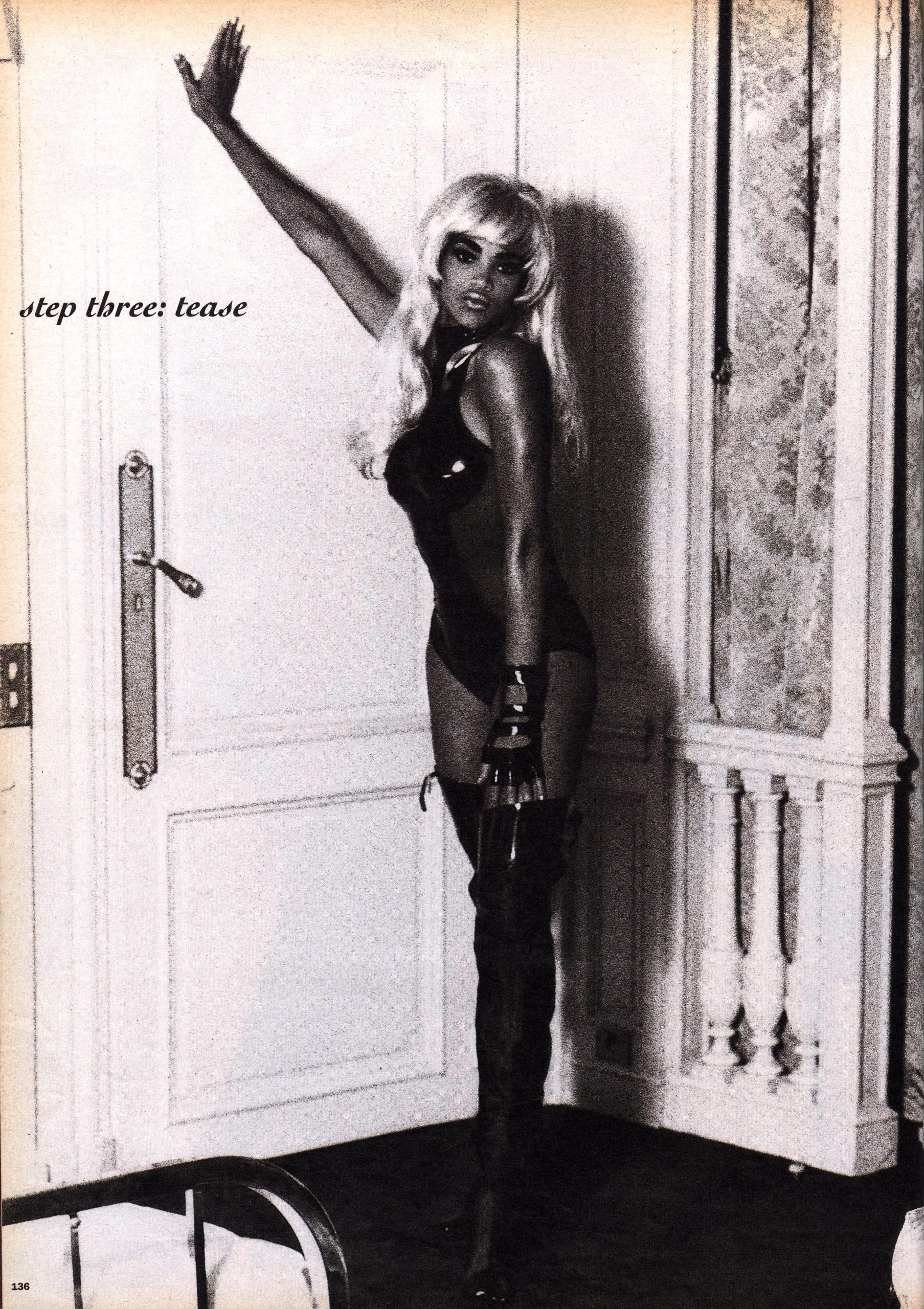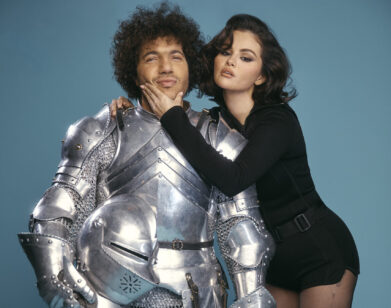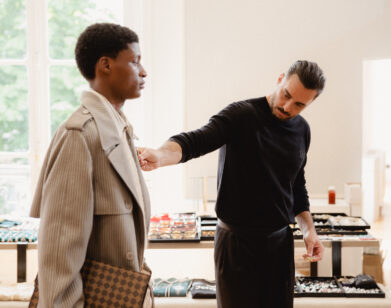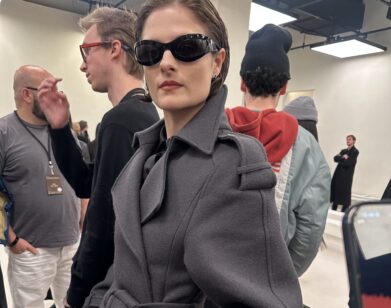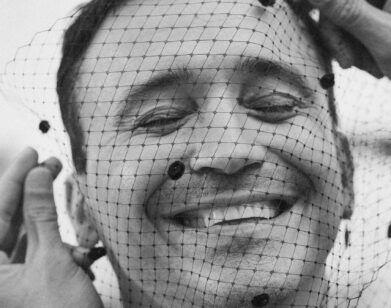thirstory
When Thierry Mugler Taught Us How to Wear Thierry Mugler
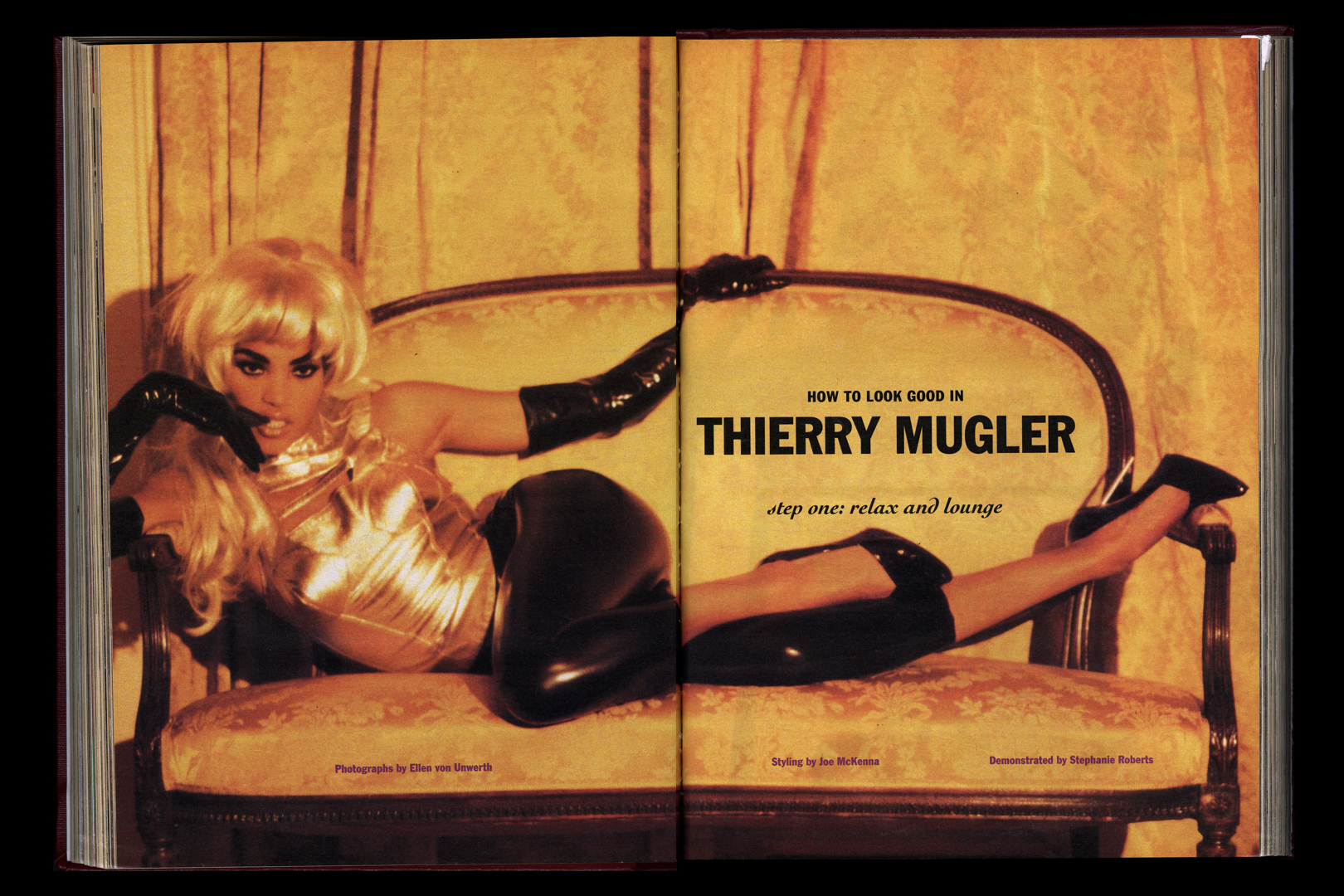
Welcome to Thirstory, where we whet your appetite with pages from the Interview archive that were almost too hot to print. This week, we’re paying homage to the late, legendary Manfred Thierry Mugler by revisiting our March 1991 issue, in which the designer taught Interview readers how to wear his iconic silhouettes.
This Sunday, our editor-in-chief Mel Ottenberg remembered Thierry Mugler in a New York Times homage. “No one in fashion came close to the level of theater [Mugler] created,” Ottenberg said of the late designer’s daring, often fantastical perspective. Indeed, Mugler’s oeuvre, which spanned more than five decades and somehow married the ruffly charms of a Belle Epoque courtesan with the grit and muscle of a biker gang, offered up a nearly Shakespearean level of grandeur—from his red carpet ensembles to his runway designs and photography work. Romantic, gut-wrenching, and utterly unpredictable, the Mugler vision inspired the punk-drenched, high-octane designs of Alexander McQueen and Rick Owens, and the early aughts power costuming donned by Beyoncé and Lady Gaga. In our March 1991 issue, the trailblazing designer created an original play–enlisting the help of the ’90s supermodel Stephanie Roberts as his heroine–to instruct our readers in the art of pulling off his designs. Go ahead, dive in.
———
Step One: Relax and Lounge

———
Step Two: Ooh & Aah
———
Step Three: Tease
———
Step Four: Give the Look
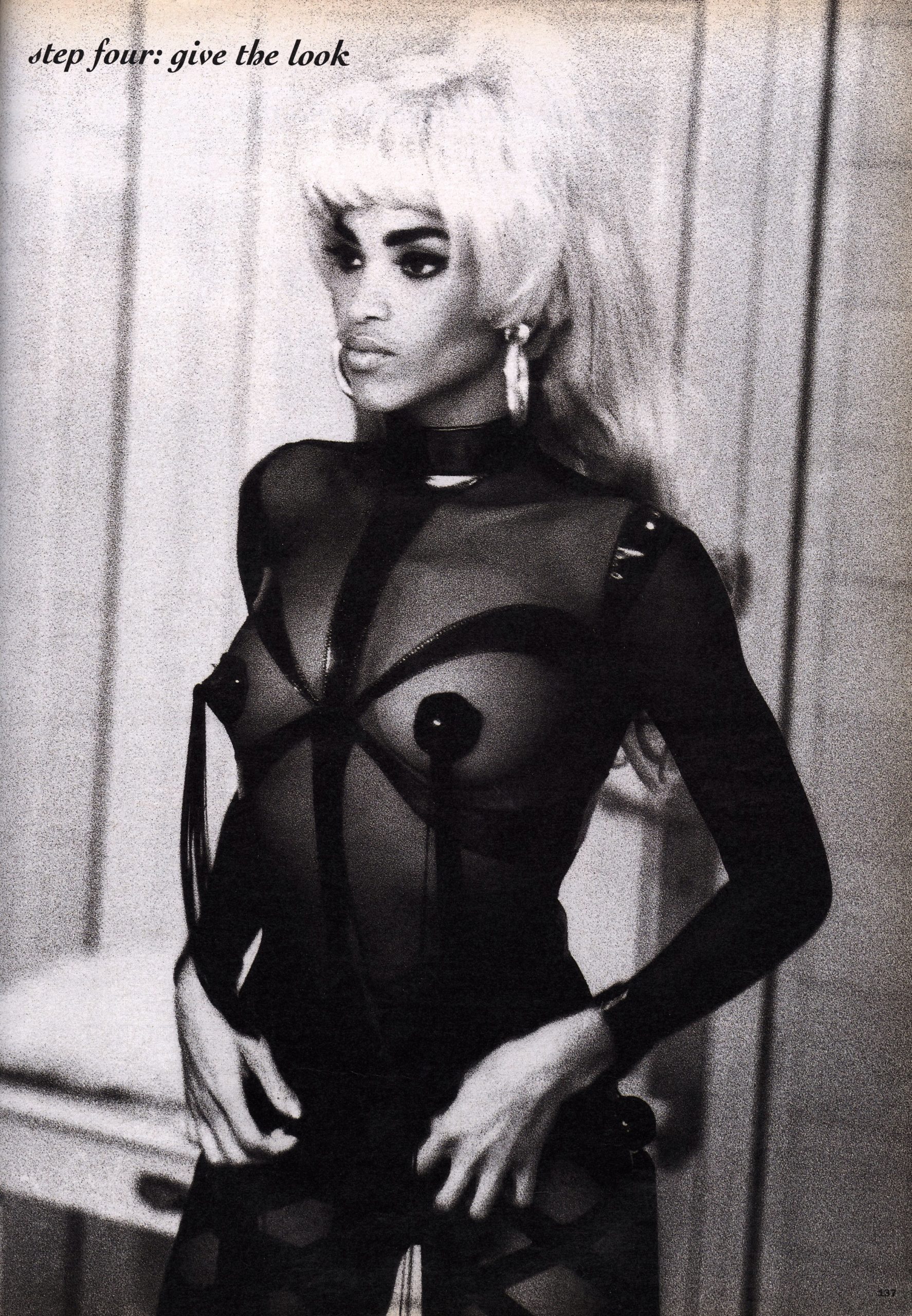
———
Step 5: Call Thierry Mugler
THIERRY MUGLER: Yes?
INTERVIEW: Is this Thierry?
MUGLER: Yes.
INTERVIEW: This is Interview magazine calling.
MUGLER:Hi.
INTERVIEW: Hi, how are you?
MUGLER: All right.
INTERVIEW: Good. Joe McKenna, who styled our feature on your clothes, had to leave town, so he left the questions for this interview with us. Can you answer some of them now?
MUGLER: Well, I was just leaving the house,
INTERVIEW: You’re on your way out?
MUGLER: What time is it there?
INTERVIEW: Right now it’s 2:30 in the afternoon. When would it be better for us to call you back?
MUGLER: How many questions do you have?
INTERVIEW: A few.
MUGLER: O.K. A few questions are fine to do now.
INTERVIEW: First, was there a particular influence or inspiration behind the spring collection?
MUGLER: Well, the music was a big influence, of course especially the group called Deee-Lite. They have this feeling of a new age, really fun and also very innocent, but with a little twist. And a major inspiration was the streets of Tokyo-Japan and all those futuristic countries of Asia.
INTERVIEW: Did you ever dress up in your mother’s clothes when you were a child?
MUGLER: I didn’t really try them on. I tried on her makeup and her perfume. I just played with it- opening it and smelling it, playing with the different colors. I looked at my mother’s closet a lot, and I would feel the fabrics, but I never tried on her dresses because she was quite beautiful and I had too much respect.
INTERVIEW: When you’re making your dresses, do you ever try them on?
MUGLER: Never.
INTERVIEW: For a while now, everyone’s been talking about what feels like the comeback of the ’60s. What did you do back then?
MUGLER: I was my ultimate, unique, and only model. I was wearing all my fantasies on myself, so you can imagine I was quite colorful and quite extravagant.
INTERVIEW: So did you have fun?
MUGLER: Well, I suppose it was quite shocking because I was wearing a lot of stuff that boys were not supposed to wear.
INTERVIEW: What makes you laugh?
MUGLER: Mostly situations in the street. Watching people- the way they act or the way they dress. Sometimes things happen that are so funny it’s like a scene in a film. Pretension makes me laugh a lot- you know, when people try to show off, try to be something other than what they are. That’s very funny to me.
INTERVIEW: That’s all; see how easy it was? We know you’re on vacation.
MUGLER: It’s wonderful here; we’re skiing.
———
Step Six: Dress Up & Stay Home
